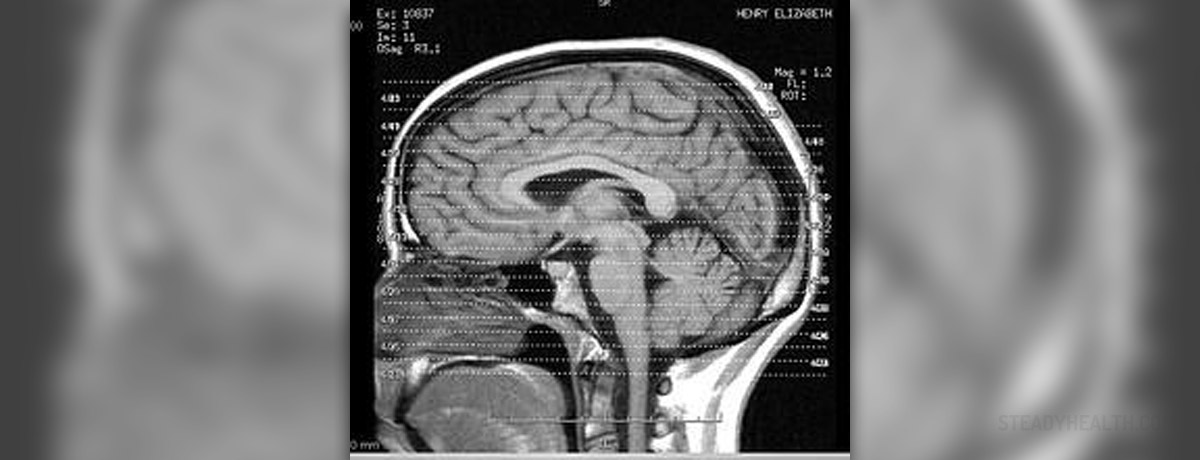
Brain conduct disorder is a condition which stands behind numerous problems a child or adolescent may have regarding their improper behavior. Namely, children and adolescents with conduct disorders are prone to lying, stealing, cheating, being violent or prone to acts of sexual characteristics.
Other Signs of Conduct Disorder
Children and adolescents with this type of ailment usually tend to get in conflicts with their parents or caretakers, as well as teachers and peers. In fact, they may even hurt these people or destroy objects around them during their fits. All in all, these individuals behave in a way which is not suitable nor expected regarding their age and social norms they need to follow.
Types of Conduct Disorder
Several categories give further insight and depth to this plethora of behavioral issues. Firstly, individuals may be aggressive towards other people or animals. Secondly, they might be prone to destroying public and personal property instead of focusing their frustrations towards animate subjects. Thirdly, they may have frequent tendencies to lie, cheat and steal objects belonging to others. Finally, individuals with conduct disorder may excessively show their lack of respect and cooperation towards set rules and regulations, commonly violating these aspects of proper behavior.
Facts Regarding Conduct Disorder
Conduct disorder is usually an evolved version of oppositional defiant behavior, appearing in early or middle part of one's childhood. Therefore, the sooner the symptoms of this disorder are noticed and the treatment put to action, the greater the chances of successful treatment are. Even preschool children may show symptoms of conduct disorder, making timely treatment a necessity.
The conduct disorder may further be divided into two types, based on the year of onset. If a child younger than 10 starts showing symptoms of this disorder, this phenomenon usually coincides with problems at home and, if left untreated stays with the individual, predominantly male, through adolescence. ADHD may be present in these children as well.
As for adolescence and conduct disorder, the symptoms tend to be a bit different. Basically, adolescents seem to be calmer and more capable of co-existing among their peers, forming healthy relationships more often than their younger fellow-sufferers. However, adolescents emit this negative behavior when within a group of similar individuals, such as a gang. Here, boys are not the predominant sex, since 50% of adolescent conduct disorder affects girls.
Treatment of this behavioral problem is very hard due to resistance of the problematic children or adolescent. Family support and cooperation is usually necessary for success.
Finally 2 to 9% of children in the US suffer from conduct disorder. Nevertheless, this data is not precise enough due to overlapping between CD and ADHD and other behavioral disorders.





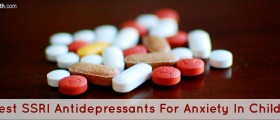
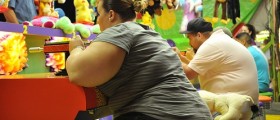



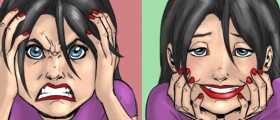
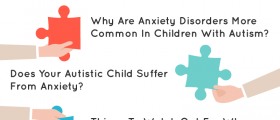




Your thoughts on this
Loading...